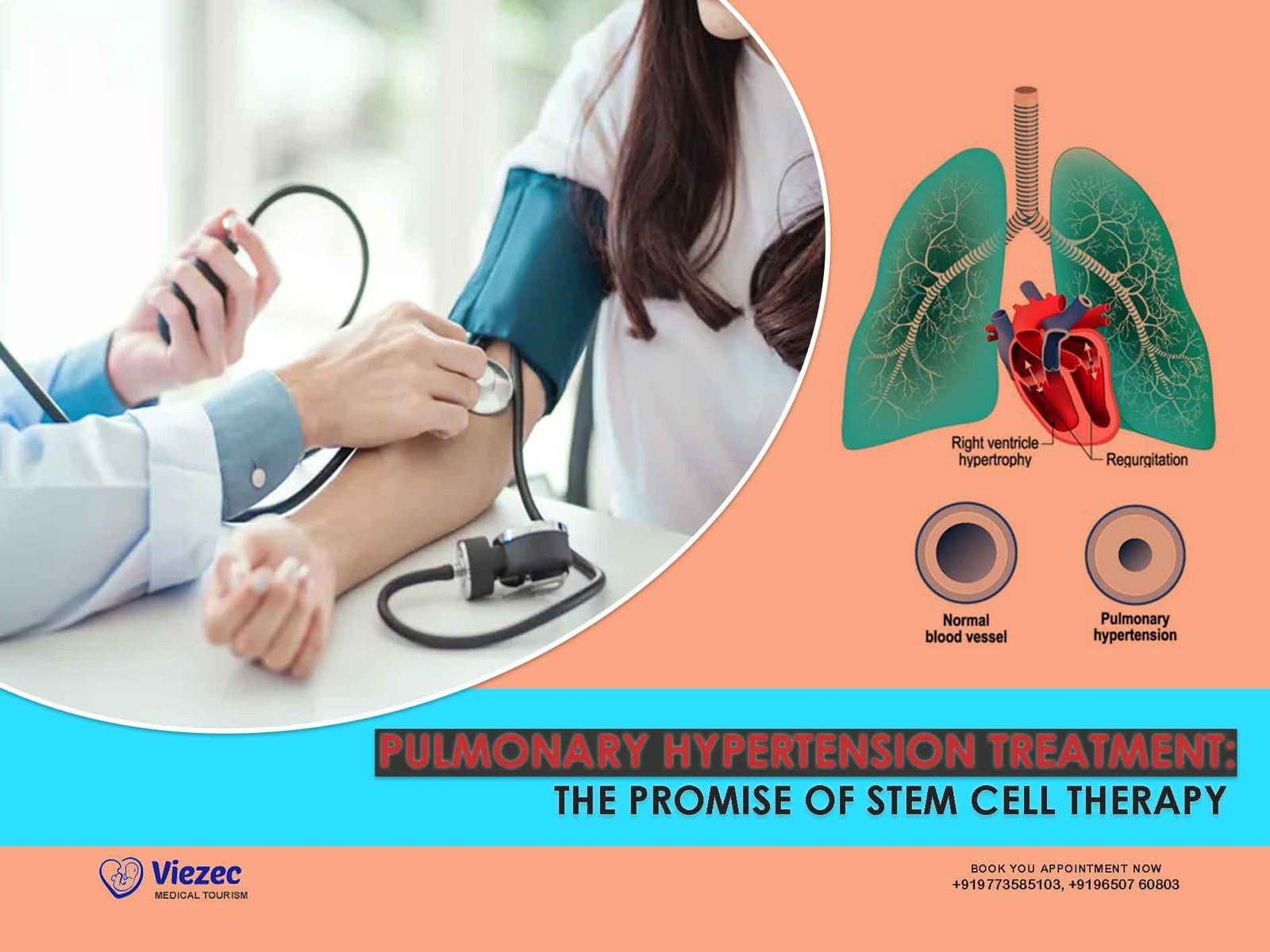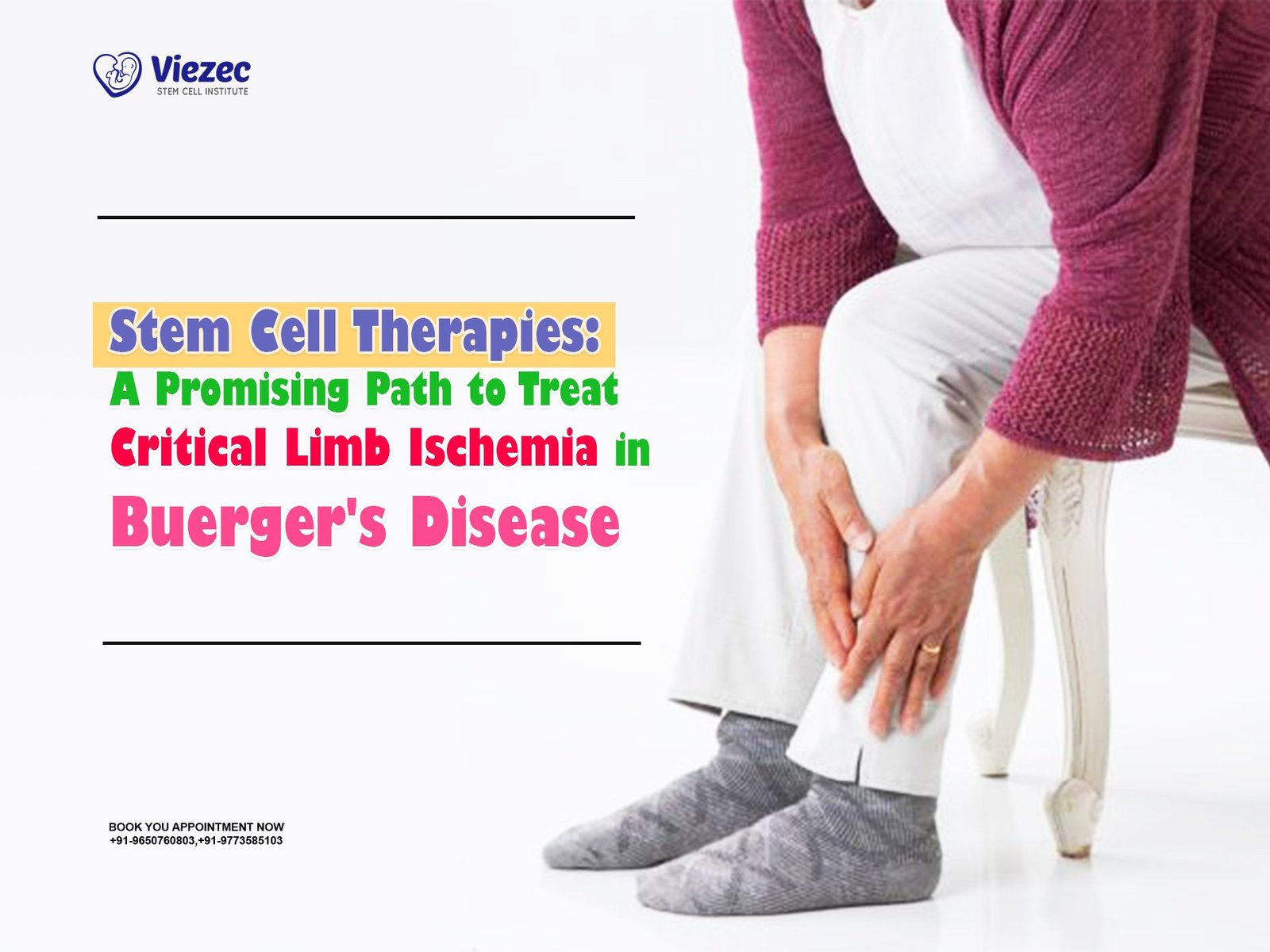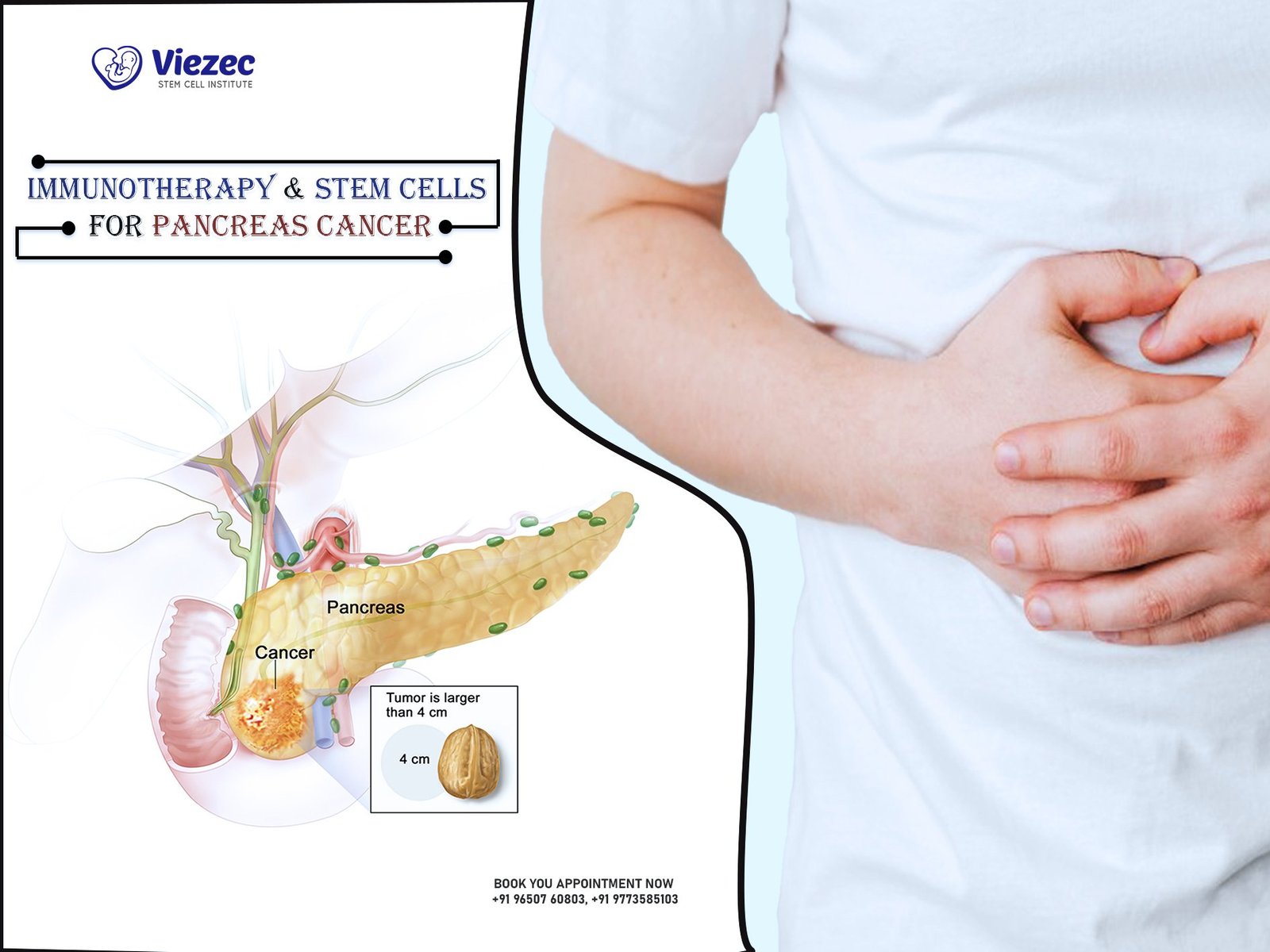Stem cells are remarkable for their unique ability to develop into different cell types in the body during early life and growth. In addition to their regenerative capabilities, they serve as an internal repair system, dividing essentially without limit to replenish other cells. There are two main types of stem cells: embryonic stem cells, which are derived from embryos, and adult stem cells, found in various tissues. Stem cells are characterized by their ability to self-renew and differentiate into specialized cell types, making them a powerful tool in regenerative medicine.
Overview of Fibromyalgia
Fibromyalgia is a chronic condition characterized by widespread musculoskeletal pain, fatigue, and tenderness in localized areas. Patients often experience sleep disturbances, cognitive dysfunction, and a myriad of other symptoms such as headaches, irritable bowel syndrome, and mood disorders. Current treatments for fibromyalgia focus on symptom management and include medications, physical therapy, and lifestyle changes. However, these treatments often fall short in providing comprehensive relief, highlighting the need for innovative approaches to managing this debilitating condition.
Role of Stem Cells in Regenerative Medicine
Stem Cells in Regenerative Medicine
In regenerative medicine, stem cells are leveraged for their ability to repair, replace, or regenerate damaged tissues and organs. They work by homing in on injured areas, reducing inflammation, modulating the immune response, and promoting tissue repair. The benefits of stem cells in regenerative therapies are profound, offering potential treatments for a range of conditions that currently have limited therapeutic options.
Research on Stem Cells in Fibromyalgia
Recent studies have begun to explore the potential of stem cell therapy in treating fibromyalgia. Research has demonstrated promising results, indicating that stem cells can reduce pain and improve quality of life for patients. Experimental treatments are ongoing, with clinical trials assessing the efficacy and safety of various stem cell applications in fibromyalgia.
Breakthroughs in Stem Cell Therapy for Fibromyalgia
Innovative Stem Cell Techniques
Advances in stem cell therapy for fibromyalgia have been driven by novel methods of stem cell extraction and differentiation. Techniques such as the isolation of mesenchymal stem cells (MSCs) from bone marrow and adipose tissue have shown promise. Furthermore, improvements in the differentiation processes have enabled scientists to create specialized cells tailored to target specific aspects of fibromyalgia, enhancing the therapeutic potential of stem cells.
Clinical Trials and Success Stories
Clinical trials are critical in validating the effectiveness of stem cell therapies. Recent trials have reported significant improvements in fibromyalgia symptoms, including pain reduction and enhanced physical function. Case studies of patients undergoing stem cell therapy have shown encouraging outcomes, with many reporting a marked improvement in their quality of life. These success stories underscore the potential of stem cell treatments to transform the management of fibromyalgia.
Benefits of Stem Cell Treatment for Fibromyalgia
Pain Management and Symptom Relief
One of the primary benefits of stem cell treatment for fibromyalgia is the reduction of chronic pain. Stem cells have been shown to modulate pain pathways and decrease the inflammatory processes that contribute to pain. Patients undergoing stem cell therapy often report a significant alleviation of pain and other symptoms associated with fibromyalgia, leading to a more manageable and less debilitating condition.
Quality of Life Improvements
Beyond symptom relief, stem cell treatments can lead to substantial improvements in the overall quality of life for fibromyalgia patients. Enhanced physical function allows patients to engage more actively in daily activities, reducing the physical limitations imposed by the condition. Additionally, the psychological benefits of reduced pain and increased mobility contribute to improved mental health and emotional well-being, creating a more holistic approach to fibromyalgia management.
Mechanisms of Action: How Stem Cells Alleviate Fibromyalgia Symptoms
Anti-inflammatory Properties
Stem cells possess potent anti-inflammatory properties that play a crucial role in alleviating fibromyalgia symptoms. They can reduce systemic inflammation and modulate the immune system, thereby addressing one of the key underlying mechanisms of fibromyalgia. By decreasing inflammation, stem cells help to relieve pain and improve other symptoms, providing a multi-faceted approach to treatment.
Tissue Repair and Regeneration
The ability of stem cells to promote tissue repair and regeneration is particularly beneficial for fibromyalgia patients. Stem cells can differentiate into various cell types needed to repair damaged tissues, including muscle and connective tissue. This regenerative capacity helps to restore function and reduce pain, facilitating recovery and improving overall health outcomes for patients with fibromyalgia.
Types of Stem Cells Used in Fibromyalgia Treatment
Mesenchymal Stem Cells (MSCs)
Mesenchymal stem cells (MSCs) are a popular choice in fibromyalgia therapy due to their ability to differentiate into a variety of cell types and their strong anti-inflammatory properties. MSCs are sourced from bone marrow, adipose tissue, and umbilical cord blood. Their versatility and immunomodulatory capabilities make them ideal candidates for treating the complex symptoms of fibromyalgia.
Adipose-Derived Stem Cells (ADSCs)
Adipose-derived stem cells (ADSCs) are harvested from adipose (fat) tissue and have shown considerable promise in fibromyalgia treatment. ADSCs are abundant and easy to obtain, making them a practical option for therapy. They possess strong regenerative and anti-inflammatory properties, which can significantly benefit fibromyalgia patients by promoting tissue repair and reducing inflammation.
Other Stem Cell Types
Other stem cell types, such as embryonic stem cells and induced pluripotent stem cells (iPSCs), are also being explored for their potential in treating fibromyalgia. Embryonic stem cells have a high differentiation potential, while iPSCs, derived from reprogrammed adult cells, offer a patient-specific approach. Both types are subjects of ongoing research, with the aim of developing effective and personalized treatments for fibromyalgia.
Challenges and Limitations of Stem Cell Therapy in Fibromyalgia
Scientific and Medical Challenges
Despite the promising potential of stem cell therapy for fibromyalgia, several scientific and medical challenges remain. Ensuring the safety and efficacy of treatments is paramount, requiring rigorous clinical testing and validation. Additionally, ethical concerns surrounding the use of certain types of stem cells, particularly embryonic stem cells, must be addressed to gain public and regulatory acceptance.
Practical and Regulatory Hurdles
Practical and regulatory hurdles also pose significant challenges to the widespread adoption of stem cell therapy for fibromyalgia. Securing regulatory approvals involves navigating complex and stringent processes to ensure treatments meet safety standards. Furthermore, access to and affordability of stem cell therapies can be limited, requiring efforts to make these innovative treatments available to a broader patient population.
Future Directions in Stem Cell Research for Fibromyalgia
Emerging Technologies and Techniques
The future of stem cell research for fibromyalgia looks promising with the advent of emerging technologies and techniques. Advances in genetic editing, such as CRISPR, offer the potential to enhance stem cell function and efficacy. Innovations in stem cell delivery systems, including targeted delivery and controlled release mechanisms, are also being developed to improve treatment outcomes and reduce potential side effects.
Long-term Research Goals
Long-term research goals in stem cell therapy for fibromyalgia focus on understanding the prolonged effects of treatments and developing personalized therapies. Studies aim to uncover the mechanisms behind stem cell actions and their long-term impact on fibromyalgia symptoms. Personalized treatments, tailored to individual patient profiles, hold the promise of more effective and sustainable management of fibromyalgia.
Patient Experiences and Testimonials
Personal Stories of Fibromyalgia Sufferers
Many fibromyalgia sufferers have shared personal stories of how stem cell therapy has transformed their lives. These success stories often highlight significant improvements in pain levels, physical function, and overall well-being. Patients recount their journeys from debilitating symptoms to a renewed sense of hope and vitality, illustrating the profound impact of stem cell treatments on their quality of life.
Impact on Daily Living
The impact of stem cell therapy on daily living is substantial for fibromyalgia patients. Many report being able to return to activities they had previously abandoned due to pain and fatigue. Feedback from family members and caregivers also underscores the positive changes observed in patients, from enhanced mood and energy levels to greater independence and participation in daily life. These testimonials provide a compelling narrative of the benefits of stem cell therapy in managing fibromyalgia.
Future of Stem Cells in Fibromyalgia Treatment
Summary of Key Findings
The exploration of stem cell therapy in fibromyalgia treatment has revealed several key benefits, including significant pain reduction, improved physical function, and enhanced quality of life. Research and clinical trials continue to validate these findings, highlighting the potential of stem cells to offer a more effective and holistic approach to managing fibromyalgia.
Path Ahead
The future of stem cell therapy in fibromyalgia treatment is optimistic. As research progresses and technologies advance, the integration of stem cell therapies into standard care protocols appears increasingly feasible. Continued efforts in scientific validation, ethical considerations, and regulatory approval will be essential in realizing the full potential of stem cells in providing relief and improved outcomes for fibromyalgia patients.
FAQs
What types of stem cells are used in fibromyalgia treatment?
The most commonly used stem cells in fibromyalgia treatment are mesenchymal stem cells (MSCs) and adipose-derived stem cells (ADSCs). Other types, such as embryonic stem cells and induced pluripotent stem cells (iPSCs), are also being researched for their potential benefits.
Are there any risks associated with stem cell therapy for fibromyalgia?
While stem cell therapy holds promise, there are potential risks, including immune reactions, infection, and unintended effects due to improper cell differentiation. It is crucial to undergo treatment under the supervision of qualified medical professionals and within the parameters of approved clinical trials.
How long does it take to see improvements after stem cell therapy?
The timeline for seeing improvements can vary among patients. Some may notice changes within a few weeks, while others may take several months. Continuous follow-up and monitoring are important to assess the therapy’s effectiveness and make any necessary adjustments.
For more information on stem cell therapy for fibromyalgia, visit us online.









